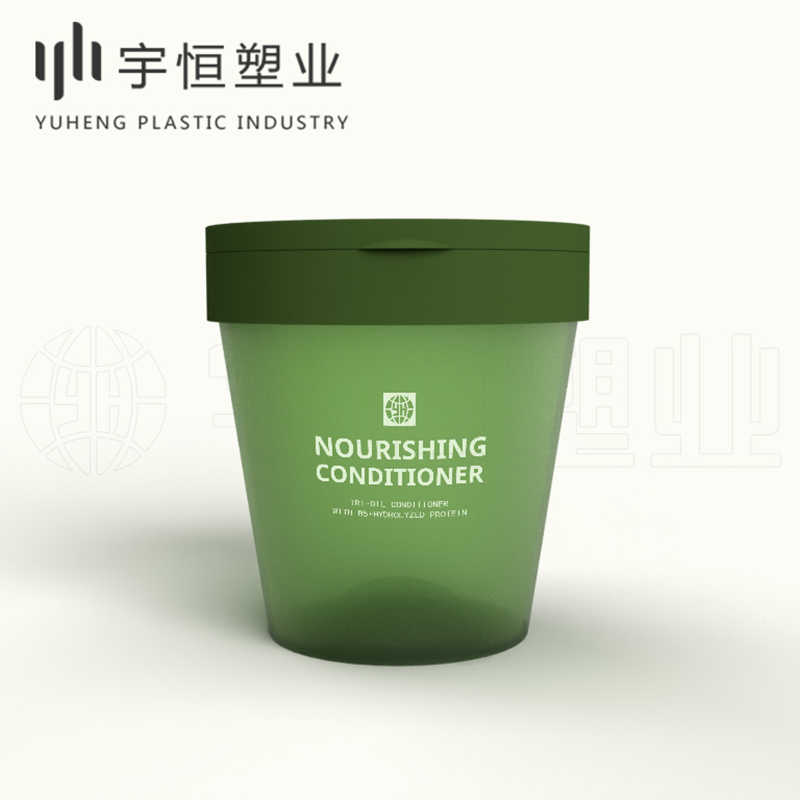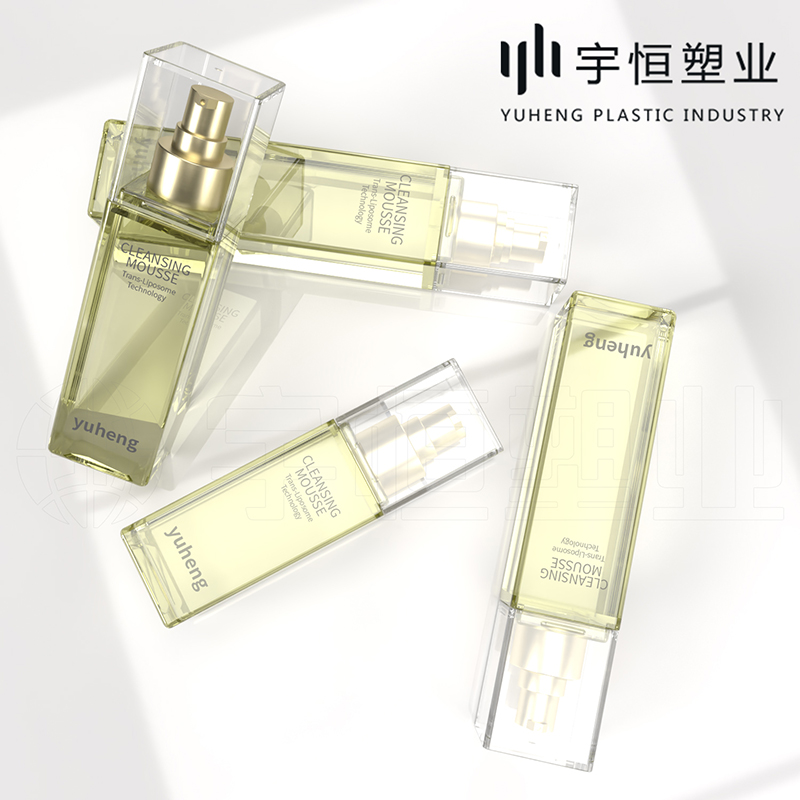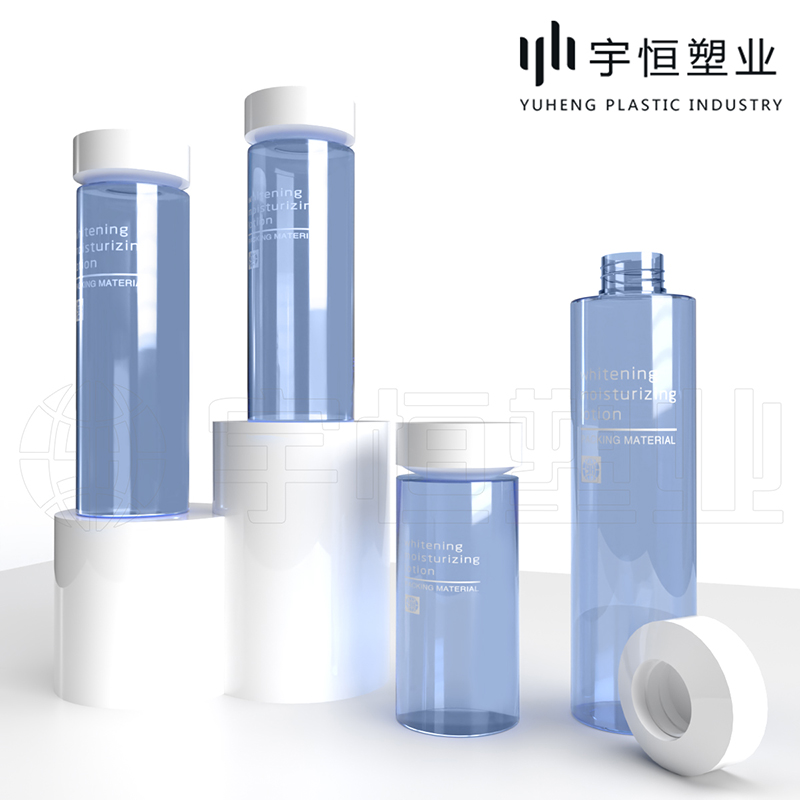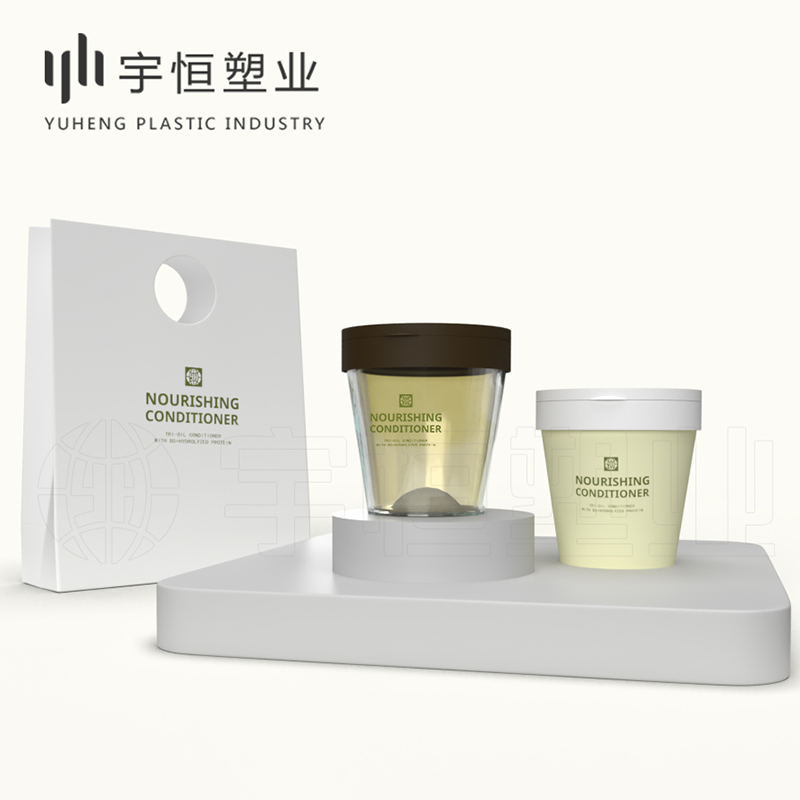In the cosmetic industry, plastic bottles have become the mainstream choice for packaging due to their lightness, durability, aesthetics, and cost-effectiveness. Behind this, various advanced blow molding processes play a crucial role. This article will introduce three major blow molding processes in the production of cosmetic plastic bottles.

1. Extrusion Blow Molding Process
Extrusion blow molding is one of the most common processes in the production of cosmetic plastic bottles. This process first melts and plasticizes the resin through an extruder to form a tubular parison. Then, the parison is quickly placed inside a blow mold, and compressed air is used to inflate it, making it adhere to the inner wall of the mold. Finally, after cooling and shaping, a plastic bottle with the exact shape of the mold is obtained. This process is characterized by high production efficiency, suitable for large-scale production, and products with high impact toughness and transparency.

2. Stretch Blow Molding Process
Stretch blow molding is a molding method that involves stretching and blowing at the softening temperature. In this process, a bottomed parison is first formed through injection molding or other methods. Then, the parison is heated to the softening temperature and undergoes longitudinal stretching and blowing. This process allows the product to maintain a lower wall thickness while improving material strength and rigidity. Therefore, the stretch blow molding process is often used to produce cosmetic plastic bottles with high requirements for strength and rigidity.

3. Extrusion-Stretch-Blow Molding Process
The extrusion-stretch-blow molding process combines the characteristics of extrusion and stretch blow molding. In this process, the resin is first melted and plasticized into a tubular parison through an extruder. Then, the bottom of the parison is fused to form a bottomed parison. Next, the parison is processed to the desired stretching temperature and undergoes longitudinal stretching and blowing to form a hollow bottle body. This process can improve the impact toughness, low-temperature strength, and rigidity of the product while maintaining high transparency and surface gloss. Therefore, the extrusion-stretch-blow molding process is particularly suitable for producing cosmetic plastic bottles with high performance requirements.

In conclusion, the production of cosmetic plastic bottles relies heavily on advanced blow molding processes. Different blow molding processes have different characteristics and applications, and manufacturers need to choose the appropriate process based on specific product requirements and market demand. Meanwhile, with the advancement of technology and the continuous development of the market, new blow molding processes and technologies are constantly emerging, bringing more possibilities and opportunities for the production of cosmetic plastic bottles.




